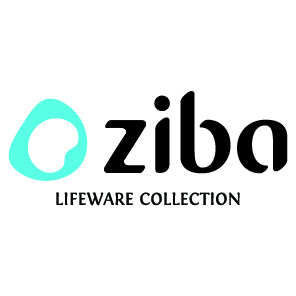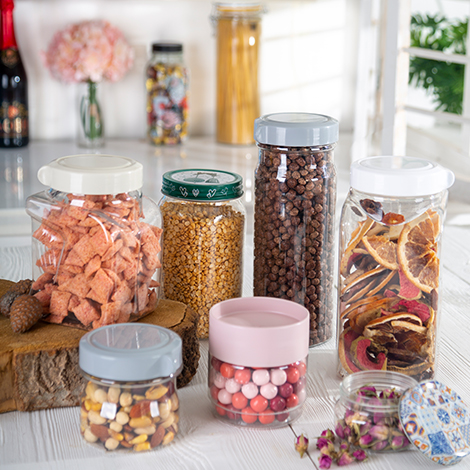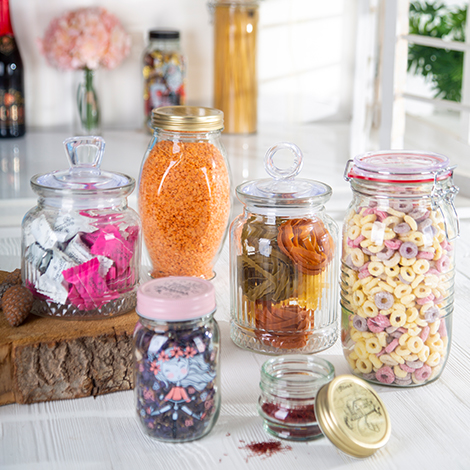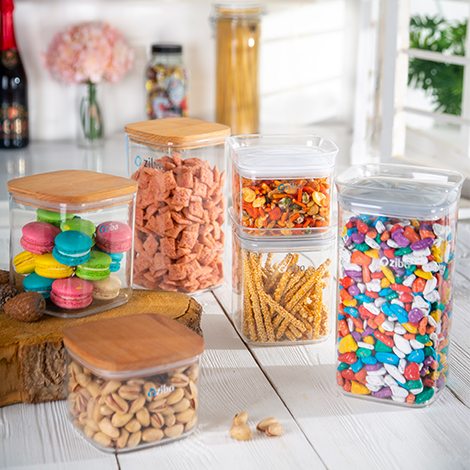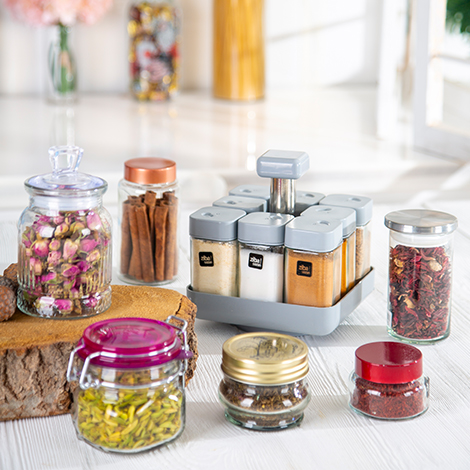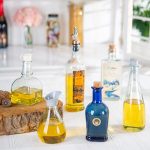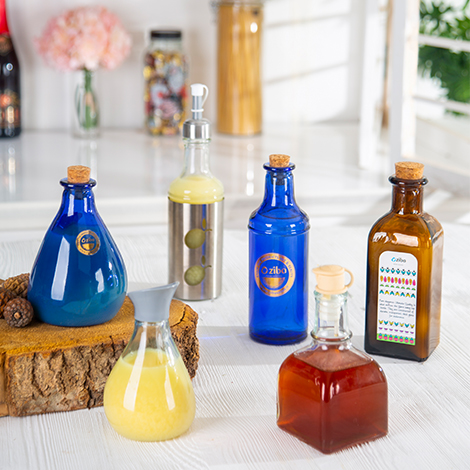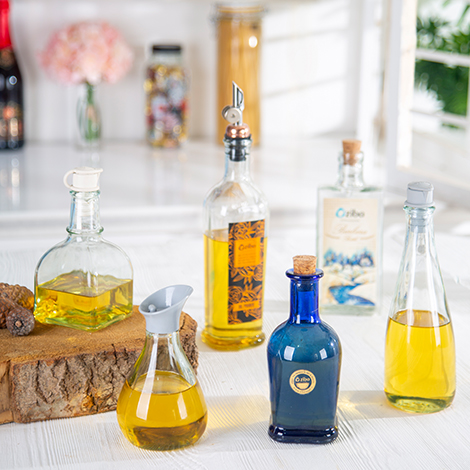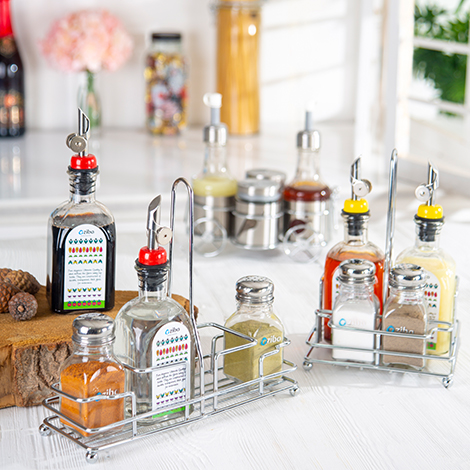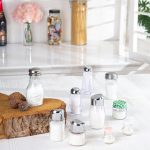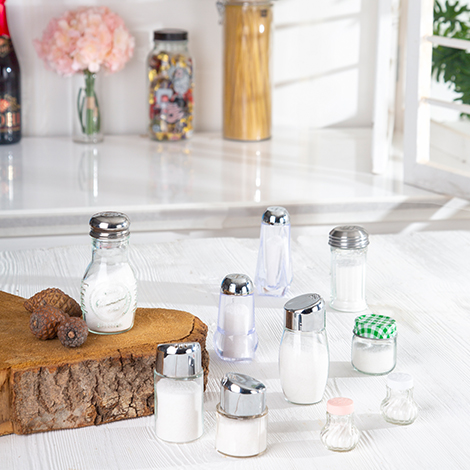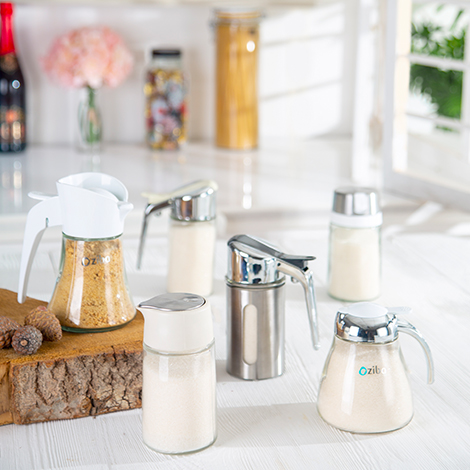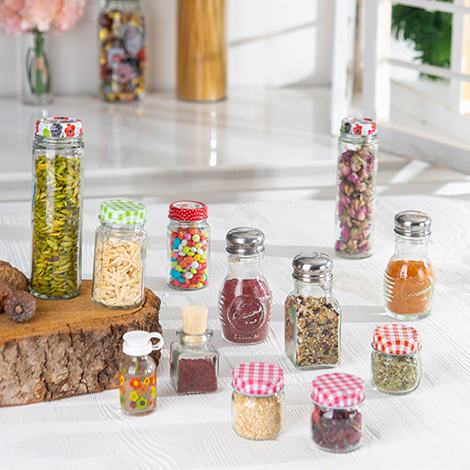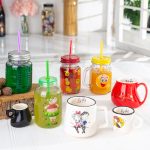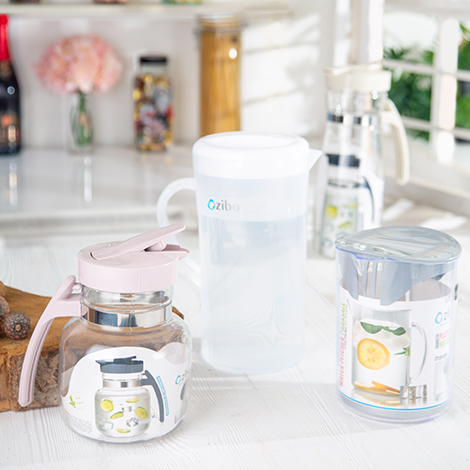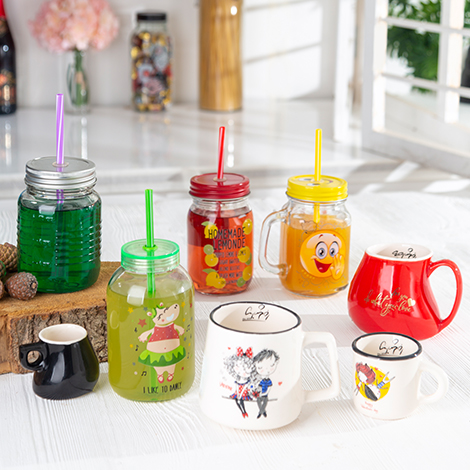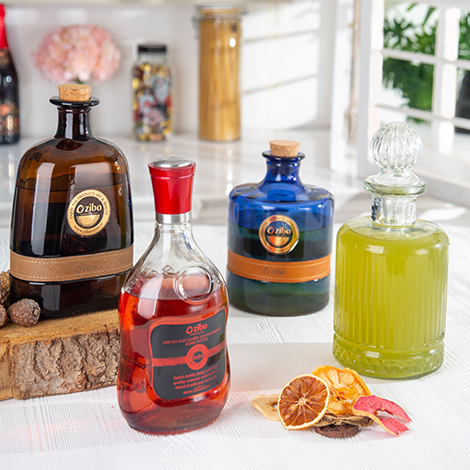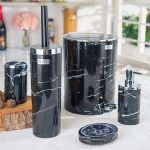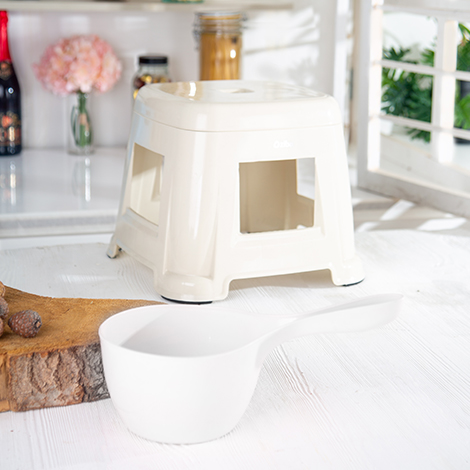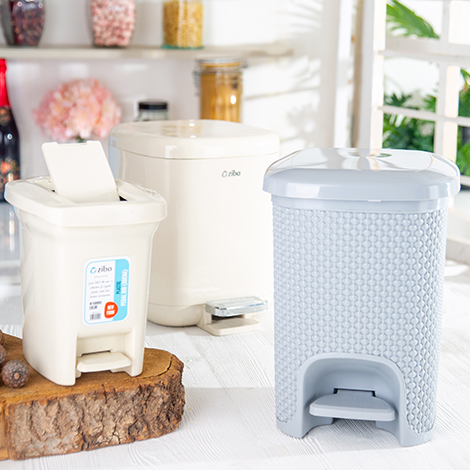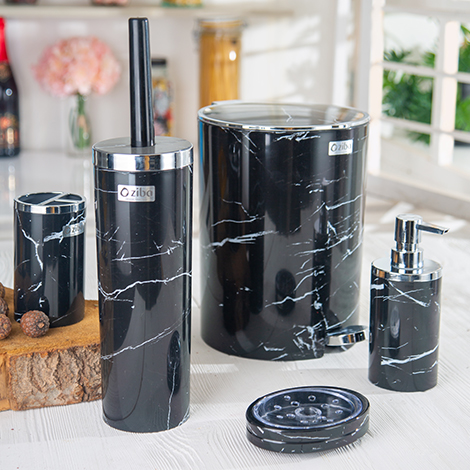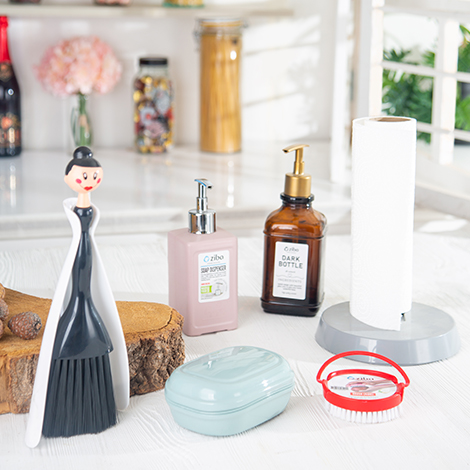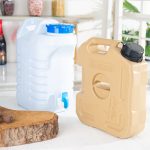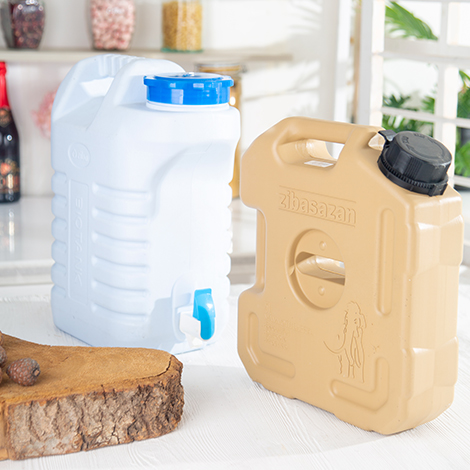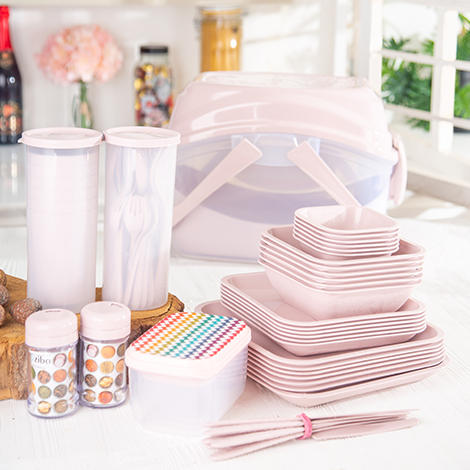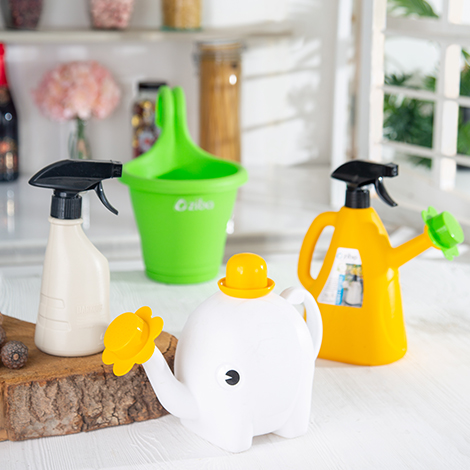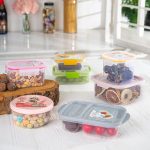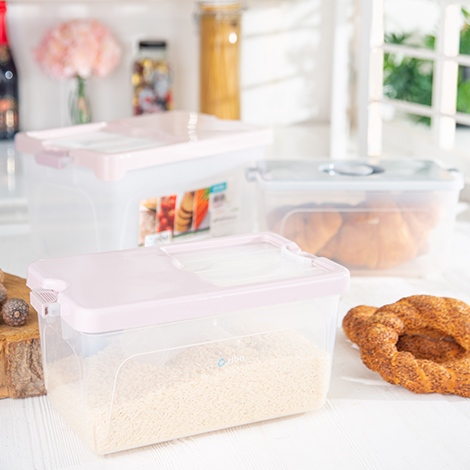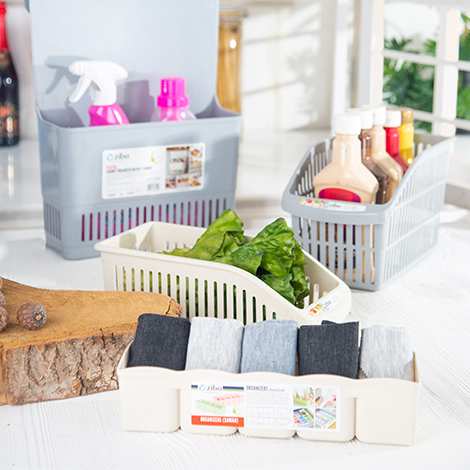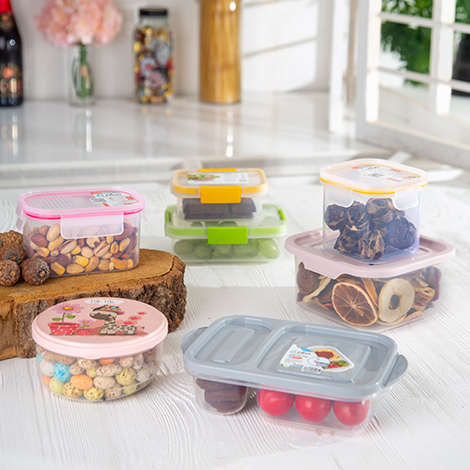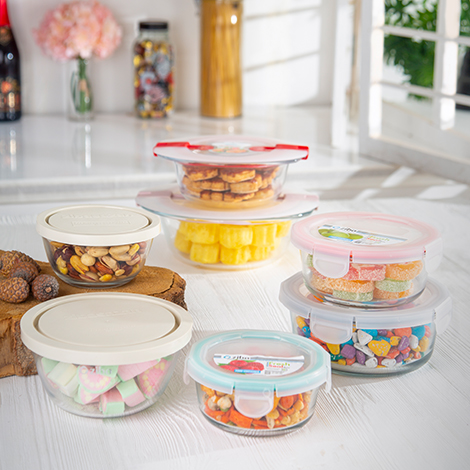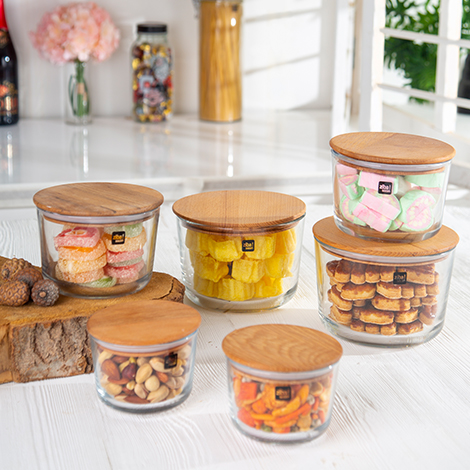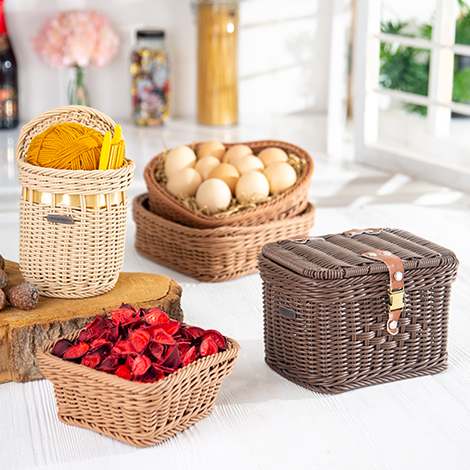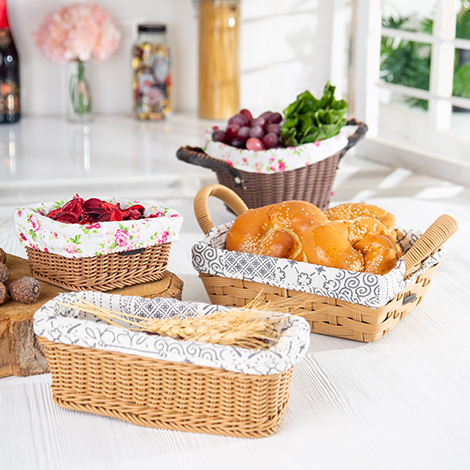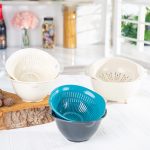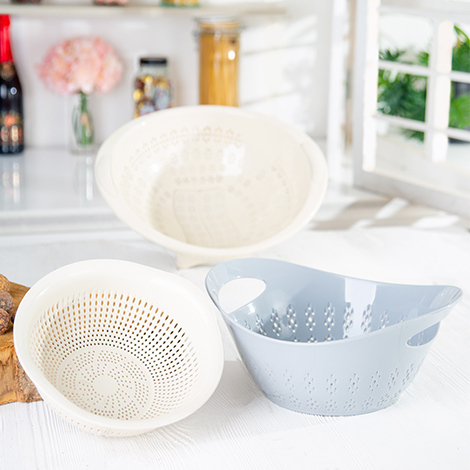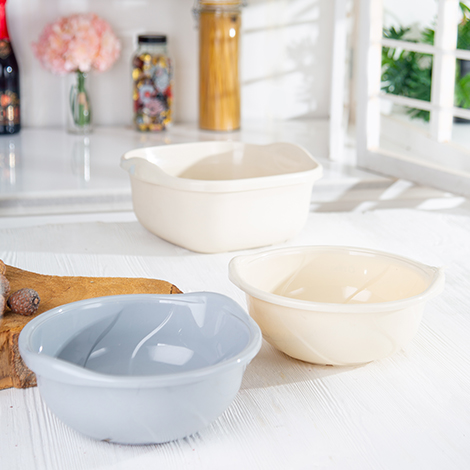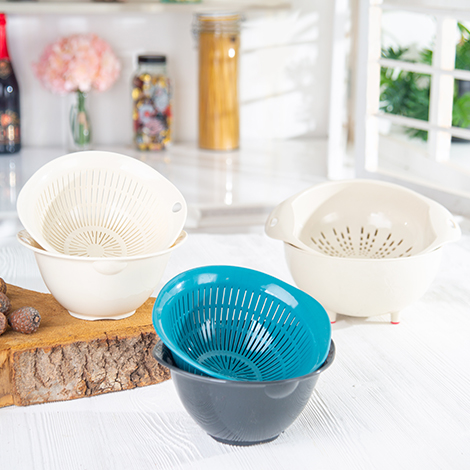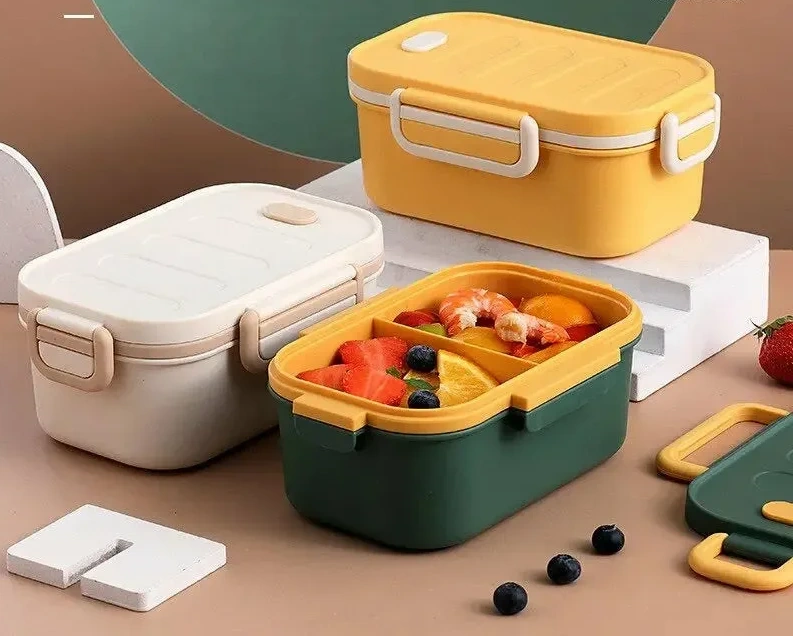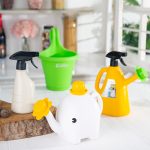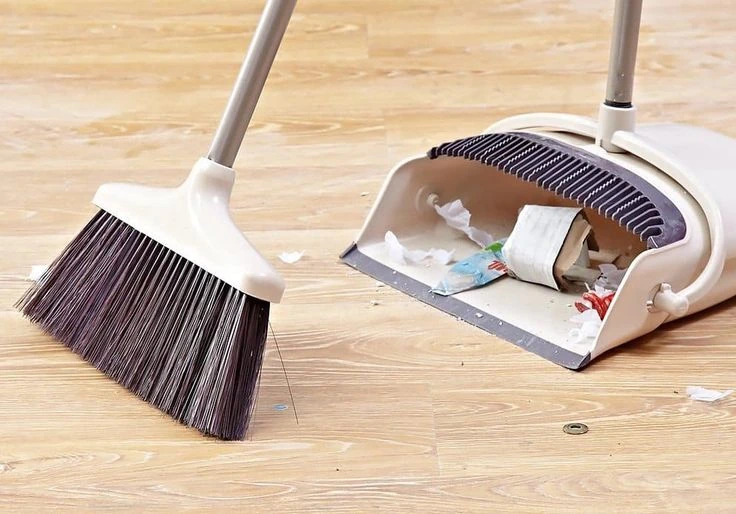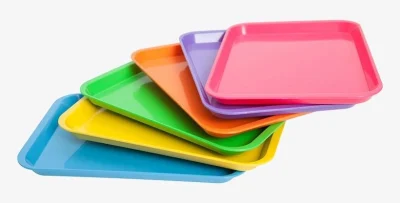Choosing the right plastic container for storing water is a critical decision that directly impacts your health and well-being. This guide will help you understand the different types of plastics, their safety ratings, and why making an informed choice is essential.
فهرست مطالب
- 1 The Importance of Choosing the Right Plastic for Water Storage
- 2 Understanding Common Plastics (Recycling Codes 1-7)
- 3 Understanding “BPA-Free” and Why It Matters
- 4 What is BPA and Why Avoid It?
- 5 How to Identify “BPA-Free” Products
- 6 Maintaining Plastic Containers for Water Safety
- 7 Proper Washing
- 8 Appropriate Temperature for Storage
- 9 Signs of Wear and When to Replace a Container
- 10 Key Takeaways for Choosing a Water Container
- 11 The Lever Jerrycan Spigot Under the Microscope: Durability, Quality, and Real-World Application
- 12 Plastic freezer containers specifically for restaurants: what are the differences compared to househ...
- 13 Hygienic Preparation of Simple Plastic Containers for Storing Homemade Water, Cordial, and Doogh
- 14 How to Store Food After a Party: A Guide to Using Wooden-Lid Bowls
- 15 Legged Fireproof Spatula and Ladle Set: A Must-Have for Every Modern Kitchen
The Importance of Choosing the Right Plastic for Water Storage
At first glance, all plastic containers might look the same. However, significant structural and chemical differences exist between them. Using an unsuitable plastic can, over time, leach harmful chemicals into your drinking water. This process, known as chemical migration or leaching, occurs when plastic is exposed to factors like heat, sunlight, or even weak acids.
Chemicals like phthalates and Bisphenol A (BPA), found in some low-quality plastics, can disrupt the body’s hormonal balance and contribute to serious, long-term health issues. Therefore, this choice is not just about preserving the water’s natural taste and smell; it’s a direct investment in your and your family’s future health. A smart choice means opting for a plastic that is chemically inert and won’t react with its contents under any circumstances.
Understanding Common Plastics (Recycling Codes 1-7)
To distinguish a good plastic from a bad one, the first step is to learn the universal language of plastics: recycling codes. These codes, typically found in a triangle on the bottom of containers, provide crucial information about the plastic’s composition and safety. Let’s decode them.
Polyethylene Terephthalate (PET or PETE) – Code 1
This is the plastic used for most single-use bottles for water, soda, and juice. PET is transparent, lightweight, and relatively durable. The most important thing to know is that it’s designed for single use. Repeated use, washing with hot water, or exposure to sunlight can increase the risk of leaching a substance called antimony. Therefore, these bottles are not suitable for long-term water storage or reuse.
High-Density Polyethylene (HDPE) – Code 2
This is one of the heroes of our story. HDPE is a highly stable, durable, and safe plastic, often identified by its opaque or cloudy appearance. Milk jugs, yogurt containers, detergent bottles, and, most importantly, many reusable water bottles and pitchers are made from this material. HDPE is resistant to heat and UV light and does not leach harmful chemicals into the water. This is the plastic you should look for when storing water at home or work.
Polyvinyl Chloride (PVC) – Code 3
Consider this the “villain.” PVC contains dangerous chemicals called phthalates, which are added to soften the plastic’s structure. These substances can easily leach into the container’s contents and have harmful effects on the body’s hormonal system. This plastic should never be used for food or drinking water storage. Always avoid containers marked with code 3 for food use.
Low-Density Polyethylene (LDPE) – Code 4
LDPE is the softer, more flexible version of HDPE. This plastic is also considered safe for contact with food, but it is primarily used for plastic bags, soft packaging, and some squeeze bottles. Although not as common as HDPE or PP for hard, durable water containers, it falls into the category of safe plastics.
Polypropylene (PP) – Code 5
Polypropylene, or PP, is our other hero and a top choice for water storage. This plastic has very high heat resistance, which is why it’s used for microwave-safe containers, bottle caps, hot food containers, and high-quality water pitchers. PP is extremely hard and durable and, like HDPE, does not leach any harmful substances into the water. Along with HDPE, this plastic forms the backbone of safe and healthy products. Containers with code 5 are an excellent and reliable choice.
Polystyrene (PS) – Code 6
This plastic, used in styrofoam cups, disposable cutlery, and some brittle packaging, is another unsuitable option for water storage, especially hot liquids. PS can release a substance called styrene, a potential carcinogen. Therefore, you should avoid pouring water or hot beverages into these containers.
Other Plastics – Code 7
This code is a catch-all for other plastics not categorized from 1 to 6. This can include highly safe and modern plastics like Tritan, which is BPA-free and used for expensive sports bottles, or, unfortunately, Polycarbonate (PC), which contains BPA. Because of this uncertainty, the general recommendation is to be cautious. Unless the container explicitly states it is “BPA-Free,” avoid using it for long-term water storage.
| Recycling Code | Plastic Name | Safety for Water Storage | Key Information |
| 1 | PET | Single-use only | Avoid reuse and heating. |
| 2 | HDPE | Very safe and recommended | Best for long-term, repeated use. |
| 3 | PVC | Dangerous | Never use for food. |
| 4 | LDPE | Safe | Mostly used in soft packaging. |
| 5 | PP | Very safe and recommended | High heat resistance, ideal for cold and hot water. |
| 6 | PS | Unsuitable | Avoid contact with hot liquids. |
| 7 | Other | With caution | Only use if explicitly labeled “BPA-Free.” |
Understanding “BPA-Free” and Why It Matters
One of the most common phrases you’ll see on high-quality plastic containers is “BPA-Free.” This small label is a big health guarantee, and understanding what it means empowers you as a consumer.
What is BPA and Why Avoid It?
Bisphenol A (BPA) is an industrial chemical used for decades to harden polycarbonate plastics (often classified under code 7) and make epoxy resins. Numerous scientific studies have shown that BPA can leach from plastic containers into food and beverages. In the body, this substance mimics the hormone estrogen and can disrupt the endocrine system. BPA exposure has been linked to various health issues, including infertility, heart problems, Type 2 diabetes, and some cancers. Therefore, avoiding it is crucial, especially for children and pregnant women.
How to Identify “BPA-Free” Products
The easiest way is to look for the “BPA-Free” label on the product or its packaging. Reputable manufacturers proudly display this mark. Another way is to stick to plastics with recycling codes 2 (HDPE) and 5 (PP), as they are naturally free of BPA and do not require this additive in their production process.
Maintaining Plastic Containers for Water Safety
Buying a high-quality container is only half the battle. The other half is proper maintenance to ensure its longevity and safety. Even the best containers can lose their effectiveness if not cared for properly.
Proper Washing
Regularly wash your water containers with warm water and a mild dish soap. Avoid using abrasive scrubbers or strong, acidic detergents, as these can scratch the plastic surface, creating a breeding ground for bacteria. Deep scratches can also potentially accelerate chemical leaching, even in safe plastics. After washing, allow the container to air dry completely to prevent mold and bacterial growth.
Appropriate Temperature for Storage
Never leave your plastic water containers (even heat-resistant ones like PP) in direct sunlight or inside a parked car on hot days for extended periods. High heat is plastic’s number one enemy; it can weaken its structure and accelerate the release of chemicals. The best place to store water is in a cool, dark location.
Signs of Wear and When to Replace a Container
No plastic container lasts forever. Pay attention to signs of wear. If your container has multiple deep scratches, has changed color, looks cloudy, or has a persistent unpleasant odor that doesn’t go away with washing, it’s time to replace it. Reinvesting in a healthy container is far more valuable than risking your health.
Key Takeaways for Choosing a Water Container
- Check the recycling code: The first and most important step is to turn the container over and find the recycling code. Look for codes 2 (HDPE) or 5 (PP); these are your green lights for a safe purchase.
- Look for the “BPA-Free” mark: This mark is a must-have, especially for transparent or colored containers that might be made from code 7 plastics.
- Trust the brand: Choosing a reputable and well-known brand is a shortcut to ensuring all the above points are met.
- Pay attention to odor and appearance: A high-quality plastic container should have no strong chemical smell. The surface should be smooth and free of deep scratches.
By knowing the recycling codes and focusing on safe options like HDPE (Code 2) and PP (Code 5), you take a significant step toward protecting your and your family’s health. The right container gives you peace of mind that every sip of water you take is pure, healthy, and free from harmful chemicals.
Frequently Asked Questions (FAQ)
What is the best plastic code for long-term water storage?
Without a doubt, the best and safest options for long-term, repeated use are plastics with codes 2 (HDPE) and 5 (PP). These two types are very stable, heat-resistant, BPA-free, and do not transfer any taste or harmful chemicals to the water.
Can I reuse disposable water bottles (PET – Code 1)?
No, it is strongly recommended that you only use these bottles once. They are not designed for reuse. Washing with hot water, exposure to sunlight, and repeated use can create micro-scratches and increase the risk of leaching chemicals like antimony and phthalates into the water.
